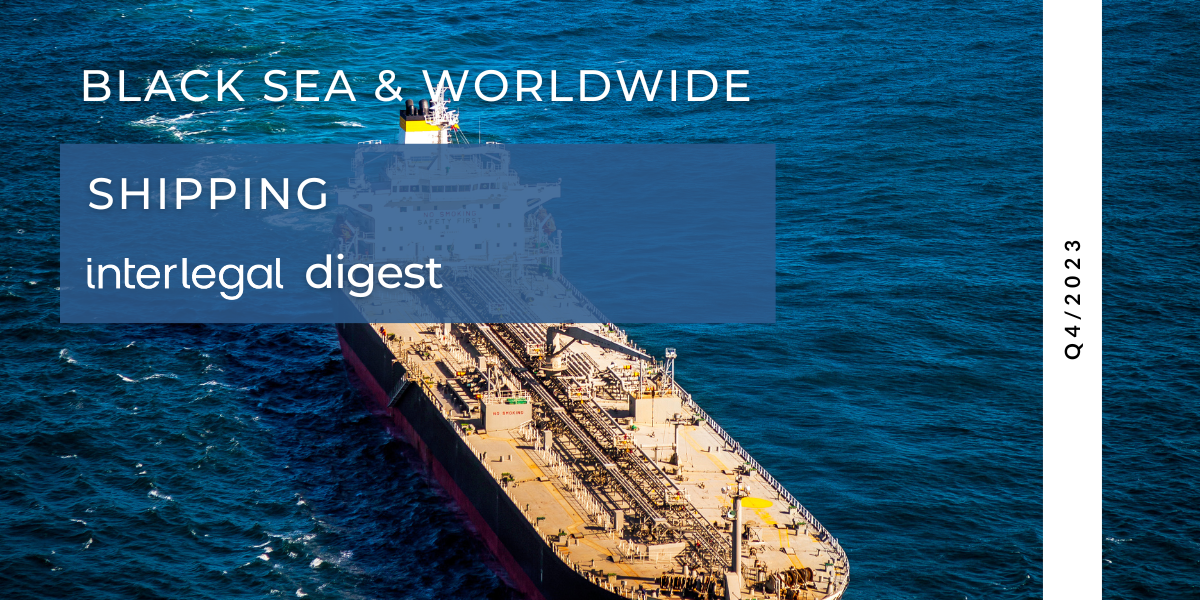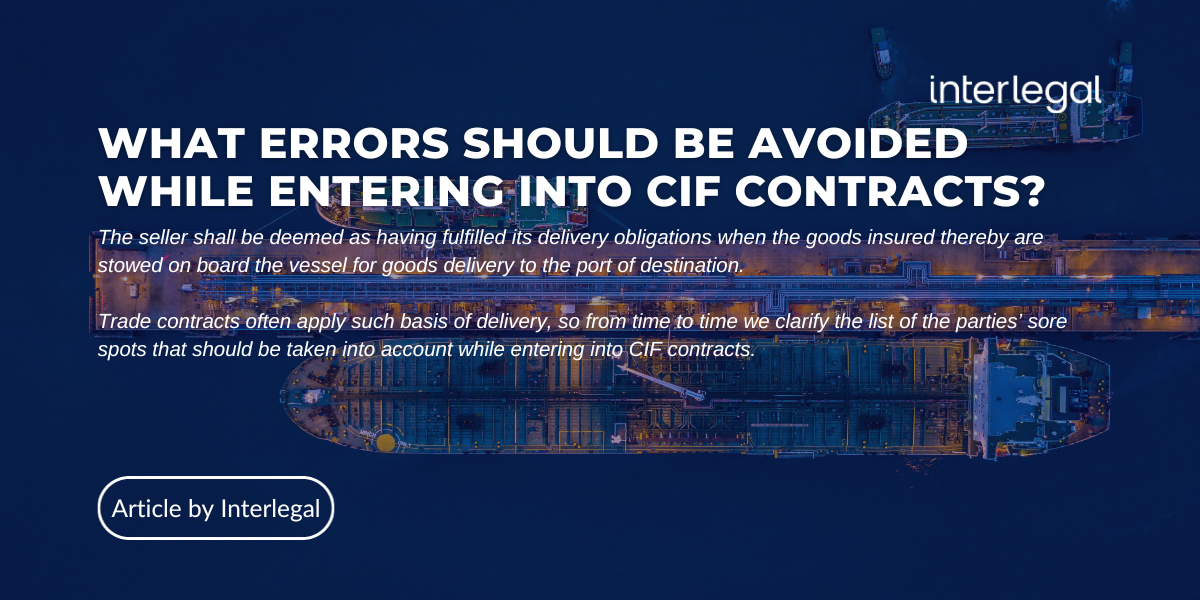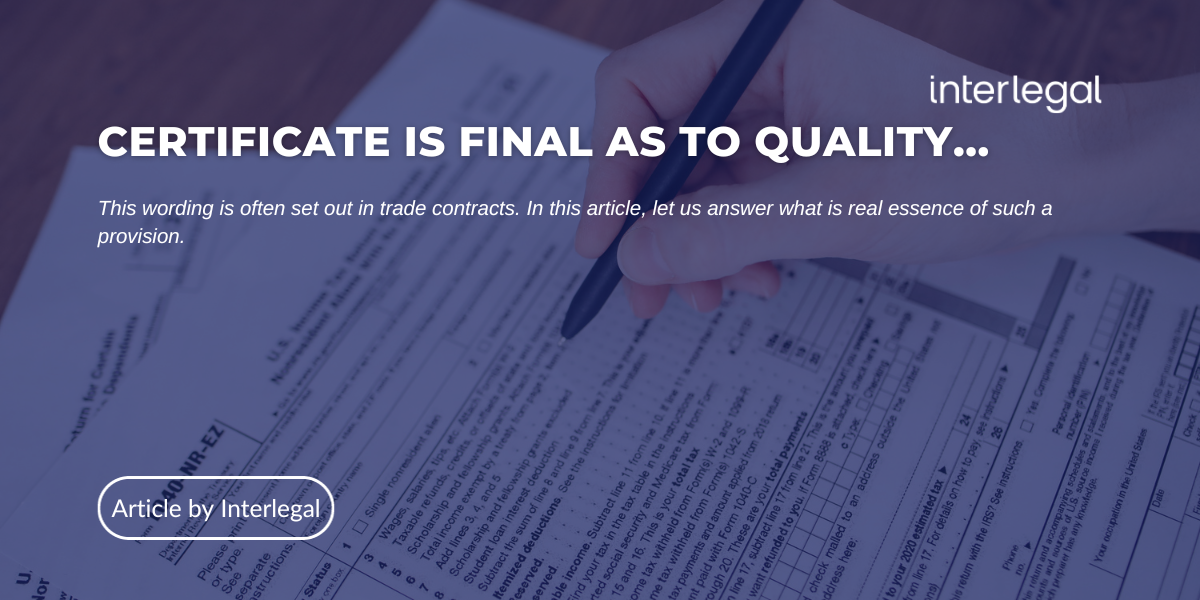Maritime & intermodal development in Ukraine: A real reform
10 April, 2013
3
Having been in the shipping and maritime industry for almost 20 years, I found it quite interesting to learn during the Transport Week 2013 event in Gdansk that business people from across the Baltic Sea region are not aware of the reforms taking place in Ukraine’s port and intermodal sectors; nor do they consider Ukraine’s unique geographical location in the heart of Europe.
Ukraine is thus oriented towards the European Union and Russia, sometimes playing them off each other and trying to take advantage of its position on the crossroads. On the one hand, Ukraine has land borders with the EU Member States of Poland, Hungary, Slovakia and Romania. And, on the other, it has border crossings with developing Eastern European economies, namely Russia, Belarus and Moldova.
Finally, Ukraine is a shipping country as well and some 20 years ago Blasco was the largest shipping company in the world! The country has two rivers open for navigation – Dnieper and the Danube which enters the Black Sea in Ukraine. There are short sea links with Turkey, Russia, Georgia, Bulgaria, Romania and Greece along with direct rail links to Central Europe, the Baltic States, the Russian Far East and Central Asia. Although having all this, Ukraine has failed to launch real reforms across its transportation sector after obtaining independence in 1991.
But, fortunately, we still have a good potential for development. And certain changes and amendments were recently introduced.
Port reform
The manual says: investors engaged in port activities are generally found among professional operators, cargo owners and shipping lines. At the moment, throughout 18 Ukrainian seaports, it is hardly possible to find a global port operator. Only container operators may be treated as such – СTI in Ilyichevsk, HPC Ukraine in Odessa, and TIS in Yuzhny.
As for cargo owners, the picture is much better. Ukraine is a leading exporter of commodities; therefore, international traders and local financial-industrial groups have already constructed a number of dedicated terminals in Ukrainian ports. Nonetheless, among shipping lines, only CMA СGM has invested in a container terminal.
What is the reason for such a poor ratio of investments? The answer is pure and simple – it is the post-socialist regime’s way of attracting investors. Too many public authorities are involved in a transaction, which is coupled with unclear bidding requirements. Authorities can continuously demand additional documentation, causing significant delays and transaction costs. Sometimes, even after final negotiations, authorities can still alter the contents of an agreement, change contractual arrangements, adding another brick to the wall of uncertainty and stretching the way of delay.
In other words, such an unworkable transaction process makes the institutional framework weak. The main contract types are not recognized abroad and do not match international standards. But all the above should disappear soon, as in June 2013 the long-awaited ‘Law on Sea Ports’ is coming into force. The milestones of the law are: a split in administrative and commercial functions in seaports; promotion of investment into port infrastructure; as well as liberalization of rates on port services.
From now on, port administrations will be entitled to perform administrative functions only, while commercial services will be delegated to private companies. Cargo terminals will thus become more independent, and more competition is expected.
The reform’s main tools are privatization and concession. Land in ports may be held in any form of ownership permitted by the laws of Ukraine. So, it may be either state-owned or privately-owned which can be treated as a revolutionary move. This creates opportunities for financing the construction of new cargo terminals and ensuring a return on investments.
Inland navigation
In Ukraine, the infrastructure of cargo and passenger terminals is not limited to only 18 sea commercial ports situated in the Black Sea and Sea of Azov. Along with these, a number of river ports are operating on Ukrainian inland waterways, for example, in Kiev, Dnepropetrovsk, Zaporozhye, etc. Altogether 11 river ports, the majority of which are privatelyowned, offer to cargo owners and shipowners a sound alternative to seaports. Additionally, river ports provide an opportunity for smaller vessels to avoid the transhipment in seaports with further road/rail transportation within the country, thus reducing costs for shippers. River port facilities also offer a possibility for foreign yachts and pleasure boats to explore the greatest Ukrainian river – Dnieper.
Traditionally, free entrance to Ukrainian river ports has been allowed for cargo vessels flying the flag of a state which is a party to respective bilateral intergovernmental treaties on navigation on inland waterways. Nevertheless, only a few agreements have been signed to date between Ukraine and countries in inland Europe, for example, Germany and Croatia.
In accordance with the formal procedure, stipulated in the recently adopted regulation, when a cargo vessel (under the flag of a state which is not a party to the bilateral treaty) is intended to call at a Ukrainian river port, the administration of the flag state, or the shipowner, or its representative (e.g. a shipping agent in Ukraine) shall, no later than ten days prior to the estimated arrival of the ship, apply to the State Inspection of Ukraine on Safety at Sea and River Transport with the respective submission.
Having registered the submission, the Inspection shall publish on its official website a formal announcement regarding the scheduled shipment of export cargo. If, within three days from publication of such announcement, none of the national carriers applies to the Inspection declaring the possibility of transporting export cargo, the Inspection shall issue a special onetime permission for a particular ship. In case an appeal takes place (such events, however, seem to be quite rare), the Inspection shall inform the foreign shipowner or its representative, advising them to conduct negotiations with a national carrier. The decision on issuing or refusal of the permission shall be made by the Inspection subject to the results of negotiations.
Passenger vessels, pleasure boats, sport and sailing yachts are now explicitly exempted from the necessity to obtain permission for entering the river ports. Therefore, unlike in Russia, Ukraine is quite friendly when it comes to opening its internal waters to foreign businesses.
Intermodal
As for the hinterland, the connectivity is quite good – there are a lot of reliable long distance rail and road connections. Ukraine is a developing country with a substantial internal market ready to unleash its potential, coupled with quite large and regional centres of industrial activities which are situated evenly across the country with 45 mln inhabitants.
Like probably any other railway operator in an emerging economy, the Ukrainian railway is very conservative and owned by the government. The recent reform, declared in 2012 and expressed in a separate law, envisages splitting administrative and commercial functions. A new public railroad company is to be established; 100% of its shares are to be owned by the Ukrainian government. Generally speaking, the law stipulates the sector to be more transparent in order to attract private investors. There are a couple of interesting projects, for example, connecting the country with the Baltic Sea. There is the ‘Viking’ container train shuttle (Ukraine-Belarus-Lithuania from Ilyichevsk to Klaip?da) and Zubr (Ukraine-Moldova-Poland-Belarus-Latvia-Estonia). While the number of containers is as of yet not significant, the climate is changing. The Moldavian Port of Giurgiulesti, for instance, says that such projects have helped it win some transit business from Turkey. And figures are more and more optimistic. European and other financial investment institutions have expressed their willingness to invest substantial amounts of money into developing this sector.
So, what issues are to be resolved before this sector can flourish? First, political questions. Second, infrastructure investment is lacking. The government’s stance is that it will rely heavily on private money. Thus, much will depend upon procedures intended for implementing law. Yet, all things counted, we have a positive outlook.
Some of the market players cooperate, some compete, but it looks like real reform is supported and challenged by cargo owners. Ukraine is waiting to attract money and technologies, and then more freight companies will become interested in Ukraine. We’ll see as we go.

























































